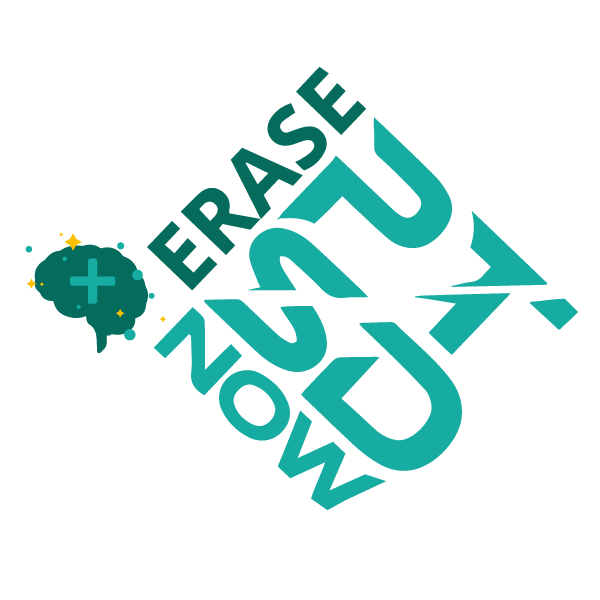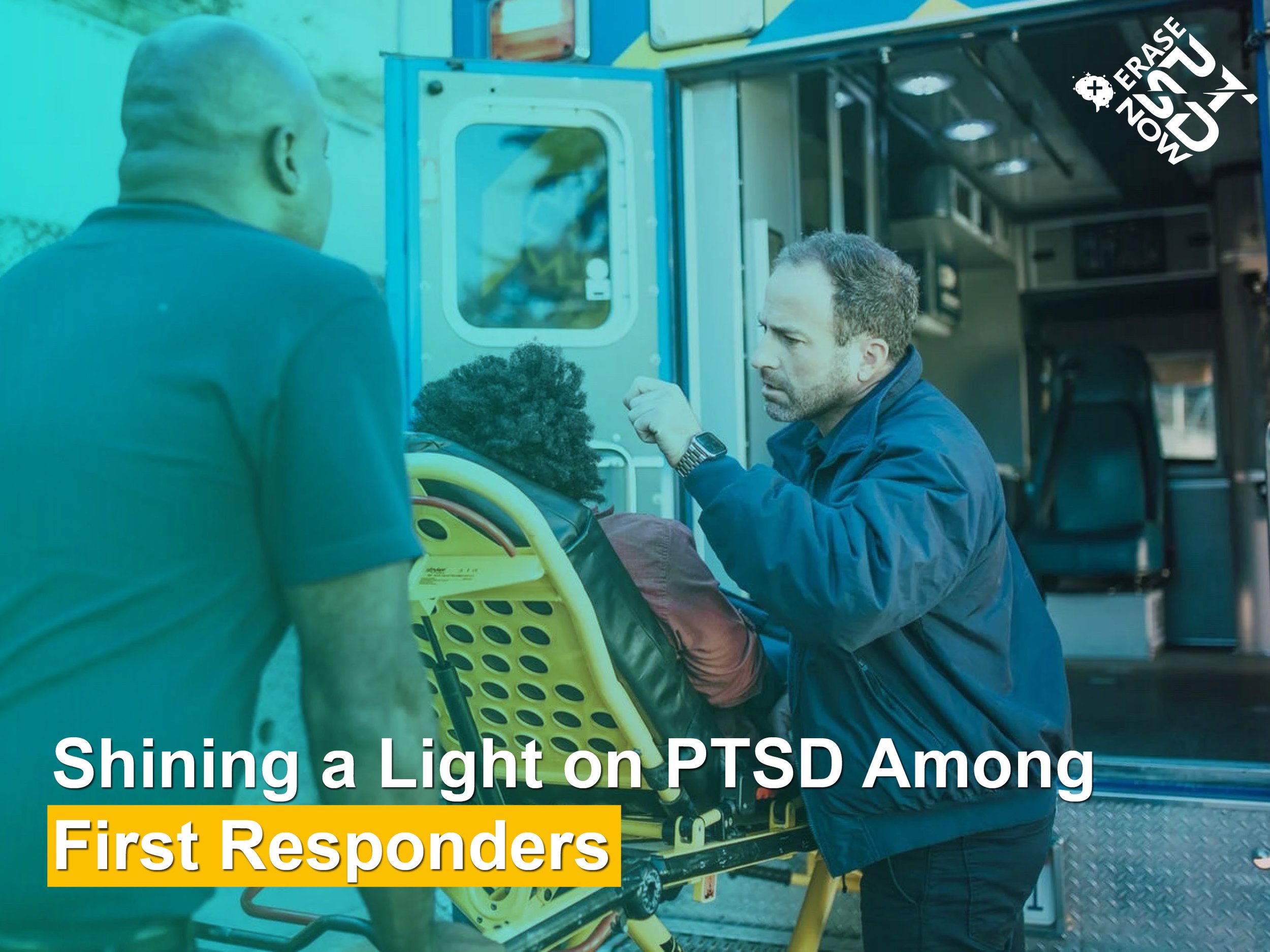Shining a Light on PTSD Among First Responders
As the medical profession’s understanding of post-traumatic stress disorder
(PTSD) improves, we’re seeing a bigger picture of patients across a wide range of backgrounds outside of the military come together. Evidence shows that first responders – police officers, paramedics, emergency medical technicians (EMTs) and firefighters – are particularly susceptible to PTSD.
PTSD-First-Responders - SGB for PTSD
First responders' mental health challenges
Nearly one in three first responders develop mental health conditions, including depression, PTSD and suicidal thoughts, compared to 20% in the general population, according to the Substance Abuse and Mental Health Services Administration (SAMHSA). Heavy and binge drinking is also higher among first responders than the general population. “First responders are usually the first on the scene to face challenging, dangerous, and draining situations,” SAMHSA explained in a recent report on behavioral health concerns among first responders. “They are also the first to reach out to disaster survivors and provide emotional and physical support to them. These duties, although essential to the entire community, are strenuous to first responders and with time put them at an increased risk of trauma.”
During my trauma surgical residency at Cook County Hospital in 1985 I worked first-hand with trauma victims and first responders. Not only are these individuals dealing with everyday disasters, such as fires, medical emergencies and routine police response, but are increasingly encountering the effects of mass shootings in their line of work.
Ken Dillon's experiences
The Washington Post reported last month on the experience of Ken Dillon, a Connecticut state trooper. Dillon was one of the police officers that responded to the Sandy Hook Elementary School shooting. He says pizza smell now reminds him of the tragic event because pizza was left out in the cafeteria. After Sandy Hook, Dillon developed PTSD, which can bring on many disruptive symptoms, including anxiety, avoidance, agitation, difficulty sleeping, flashbacks, nightmares and problems with concentration.
Dillon is not alone. An estimated 80% of firefighters report exposure to traumatic events. For police and EMTs that figure jumps to 90%.
State responses to providing better PTSD treatment
What can be done to respond to this incredibly prevalent issue?
Some states, including Colorado, Connecticut, Louisiana, Minnesota, Texas, and Vermont, have passed new legislation to provide better workers compensation to first responders that develop PTSD. Improved recognition of symptoms can lead to earlier diagnosis and faster treatment. Responding to the rise of police officer suicides this year, the New York Police Department (NYPD) has instituted mental health and stress training.
The Department of Veterans Affairs (VA) also offers a helpful test on their website to assess PTSD symptoms. This test allows people to know when it’s time to seek help and SGB for PTSD
The importance of PTSD awareness and high-quality treatment
It’s important that first responders receive medical care as soon as these symptoms present themselves. In addition to traditional treatments, safe and routine procedures such as the Stellate Ganglion Block (SGB) procedure for PTSD can provide fast and effective relief from the disorder. The treatment delivers anesthetics to the neck to calm the sympathetic nervous system.
Dr. Lipov has administered SGB to more than 550 patients with PTSD including first responders, especially at the Stella Center. I’ve learned firsthand about the intense psychological pain they suffer. PTSD doesn’t just touch those who directly experience trauma. First responders, the people who rush to help others in need, also suffer.
Increased education around PTSD symptoms and better awareness that relief is possible with more effective procedures. In turn, this will lead to better treatment for first responders. We owe it to these heroes to support them in any way we can. Finally, here is a list of PTSD organizations where first responders can find the support that they deserve.



